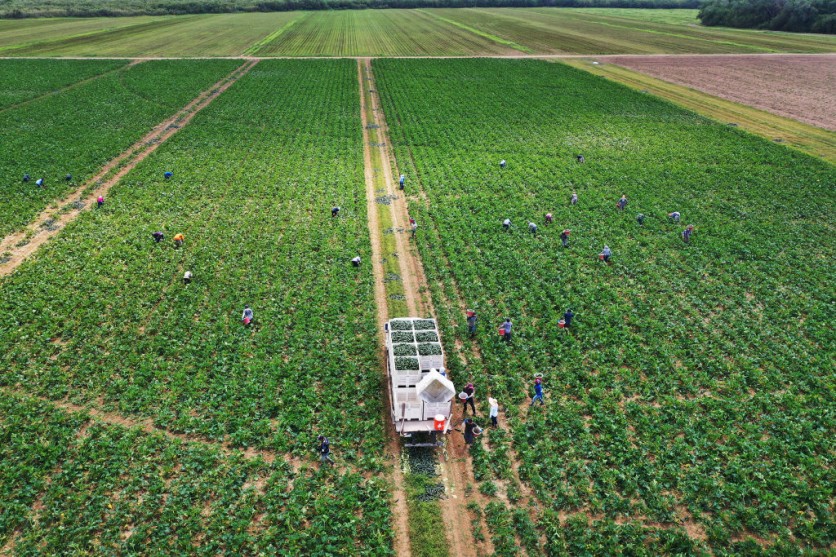ClimateAi, an artificial intelligence model capable of giving more accurate and timely weather forecasts is now reportedly being used by Farmers to help grow their crops by anticipating upcoming weather conditions.
As weather conditions continue to be unpredictable due to climate change, US flour firm Shepherd's Grain is leveraging AI model ClimateAi for better planning when it comes to growing crops.
With the help of historical and current data-such as temperature, precipitation, and satellite imagery-together with forecasts for the future, ClimateAi seeks to provide farmers with the most precise, locally-specific weather forecasts conceivable, ranging from one hour to six months in advance.

Next, it forecasts agricultural yields and offers advice on when to plant and harvest specific crops. Although Shepherd's Grain has only been using ClimateAi for a year, the majority of its forty-plus farmers are already following the app's instructions.
Getting climate resilient seeds onto the market more quickly and affordably is one of the largest issues facing the seed industry, according to Himanshu Gupta, CEO of ClimateAi, a San Francisco-based company.
According to him, ClimateAi enables these businesses to assess how particular test seeds have fared in a given area or locale. This can assist seed firms in determining the best sites for seed cultivation.
AI Drones Against Crop Pests
The use of AI in agriculture's many parts is still expanding; most recently, drones outfitted with AI are revolutionizing pest management to help cut down on food wastage.
Drone AI is a new tool that farmers may use to combat pests, as revealed by a recent study. Farmers can target pests more precisely with AI. The brown marmorated stink bug, which harms orchards in southern Europe and North America, is one of the main pests they are targeting.
Drones with AI capabilities can help farmers defend their crops from these pests more effectively. In Italy, the pest caused incredible damage in 2019 that approached US$640 million.
Conventional approaches to controlling the pest include pheromone traps, visual sampling, and sweep-netting; however, these are labor-intensive and unfeasible in big orchards.
Research-Based AI Agriculture Drones
The scientists created an automated drone flight plan to take 26-foot-altitude, high-definition photos of pear orchards. At this altitude, drone movements caused less disturbance to pest movements than did human observers.
It's interesting to note that mature bugs responded to drones by freezing, which made it easier to take detailed pictures of the scene. After then, these photos were used to train AI algorithms to recognize pest illnesses. With this data, the trained models outperformed the models trained from scratch in identifying the stink insect, with an accuracy of 97%.
The approach provides precise forecasts that can adapt to changing weather and environmental circumstances, and the researchers suggested using it in integrated pest management programs.
Related Article : Transforming American Infrastructure: Google for Startups AI Academy Launches New Initiative

ⓒ 2025 TECHTIMES.com All rights reserved. Do not reproduce without permission.




